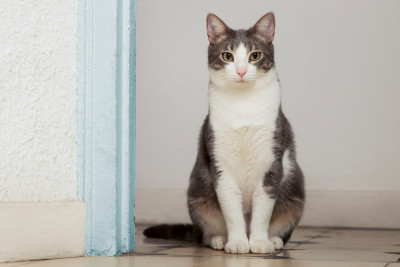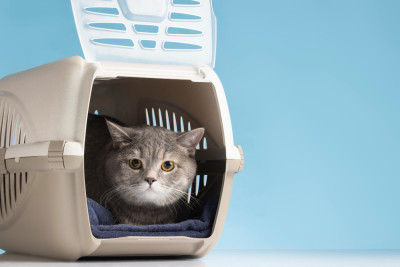1. The Basics of Dog Sleep
Dogs, like humans, go through various stages of sleep. These stages include:
-
Rapid Eye Movement (REM) Sleep: This stage is where most dreaming occurs. During REM sleep, a dog's brain activity is similar to that of a waking dog, and their eyes may move rapidly beneath their closed eyelids. Muscle tone decreases, leading to temporary paralysis to prevent physical activity during dreams.
-
Non-Rapid Eye Movement (NREM) Sleep: NREM sleep is divided into several stages, with the deepest being slow-wave sleep. During this stage, the body repairs and regenerates tissues.
2. Sleep Duration
The amount of sleep a dog needs depends on various factors, including age, breed, activity level, and individual differences. On average:
-
Puppies: Puppies sleep a lot, often up to 18-20 hours per day. Their bodies are growing rapidly, and sleep is crucial for development.
-
Adult Dogs: Adult dogs generally sleep around 12-14 hours a day, although this can vary widely. More active dogs may sleep less, while less active or senior dogs may sleep more.
3. Sleep Position and Environment
Dogs can sleep in various positions, each with its own meaning:
-
Curling Up: Dogs may curl up in a ball to conserve body heat and feel safe and secure.
-
Stretching Out: A stretched-out position indicates a dog is relaxed and comfortable.
-
On Their Back: A dog sleeping on its back may be displaying trust and vulnerability, as the belly is exposed.
Creating a comfortable sleep environment is essential. Ensure your dog has a soft and supportive bed, and maintain a consistent temperature in their sleeping area.
4. Influences on Sleep Patterns
Several factors can influence a dog's sleep patterns:
-
Activity Level: Dogs that engage in regular physical and mental activity tend to have more restful sleep.
-
Age: Puppies and senior dogs tend to sleep more than young adult dogs.
-
Health: Pain or illness can disrupt a dog's sleep. If you notice changes in your dog's sleep patterns, consult with a veterinarian.
-
Diet: A balanced diet plays a role in a dog's overall health and can affect their energy levels and sleep.
5. Sleep Disorders
While dogs generally sleep well, some may experience sleep disorders. Common sleep disorders in dogs include:
-
Sleep Apnea: Breathing interruptions during sleep, often indicated by loud snoring or choking sounds.
-
REM Behavior Disorder: Dogs may physically act out their dreams during REM sleep, leading to movements or vocalizations.
-
Insomnia: Difficulty falling or staying asleep.
If you suspect your dog has a sleep disorder, consult with a veterinarian for a proper diagnosis and guidance.
Conclusion
Understanding your dog's sleep patterns is an important aspect of responsible pet ownership. By providing a comfortable sleeping environment, ensuring your dog gets enough rest, and monitoring changes in their sleep habits, you can contribute to their overall health and well-being. Remember that dogs, like humans, have unique sleep preferences, so embrace their individuality and enjoy watching your furry friend snooze in their favorite positions.







